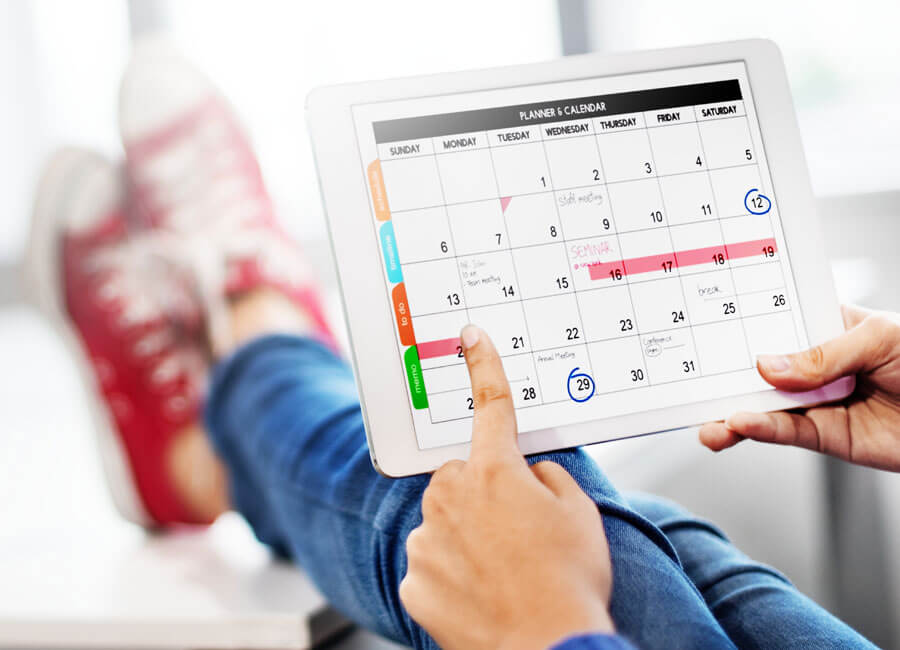Every individual or company will, from one point or another, set goals. The object of these goals is to guide the said entity in pursuing its objectives and long-term aspirations. Being many, diverse, and complex, such goals may not normally be simpler to track and keep an accurate look at.
What is Goal Tracking?
The goal tracking comes in here. It is a productive tool that lets you maintain an accurate track of your daily, weekly, monthly, and long-term goals. This tool may take the form of an app, software, sheet, or template. It is truly helpful for the individual and the other entities that choose to make do with it.
Free Templates
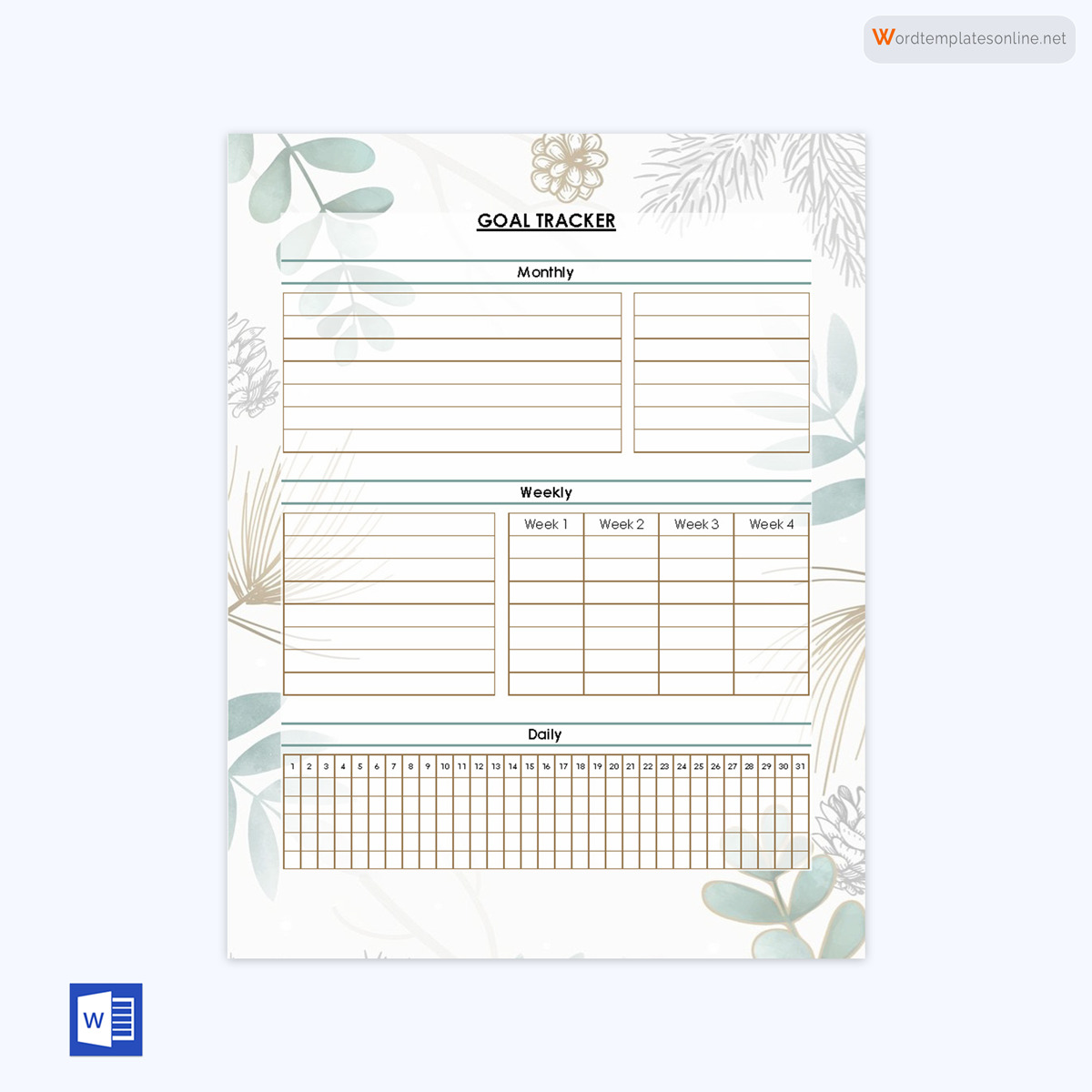
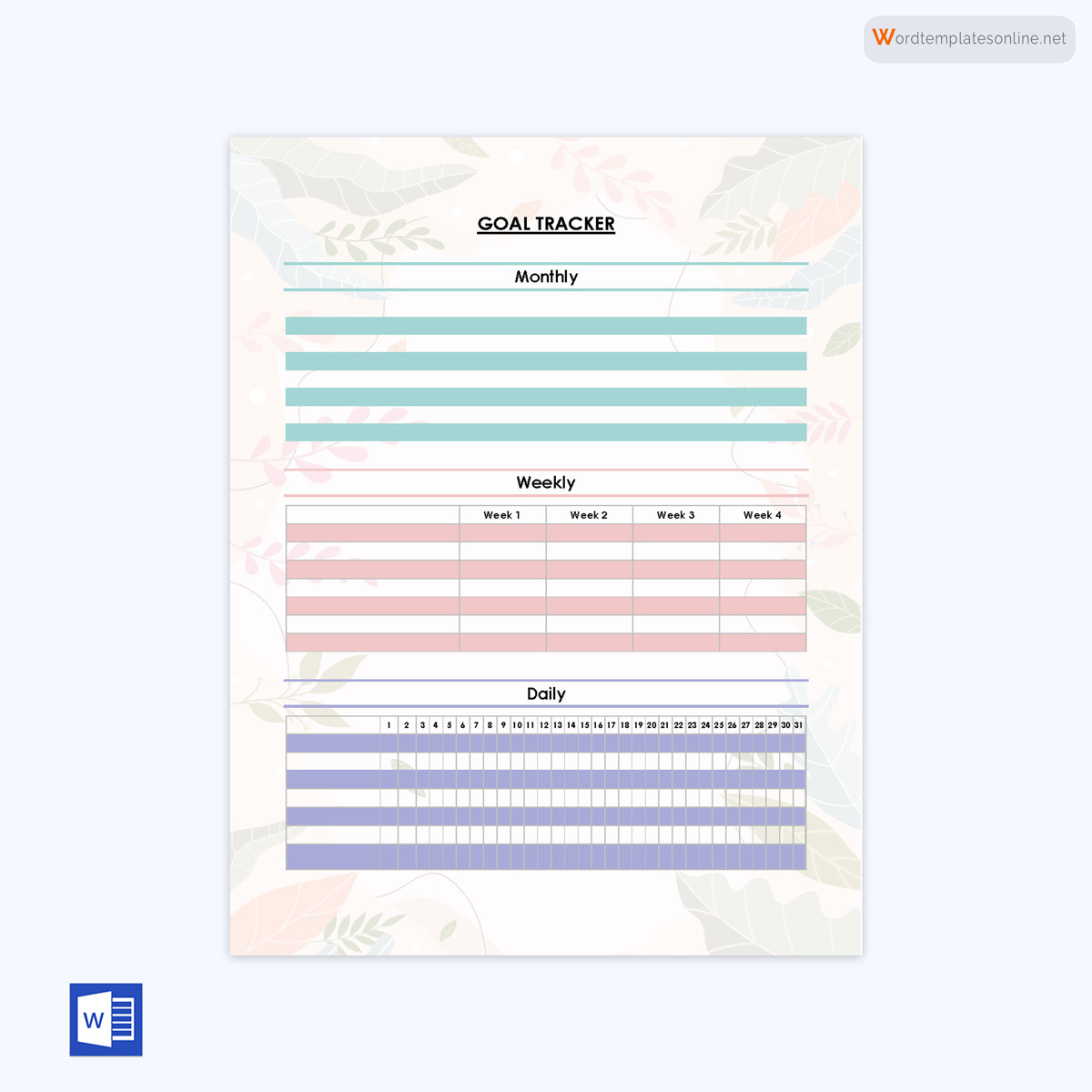
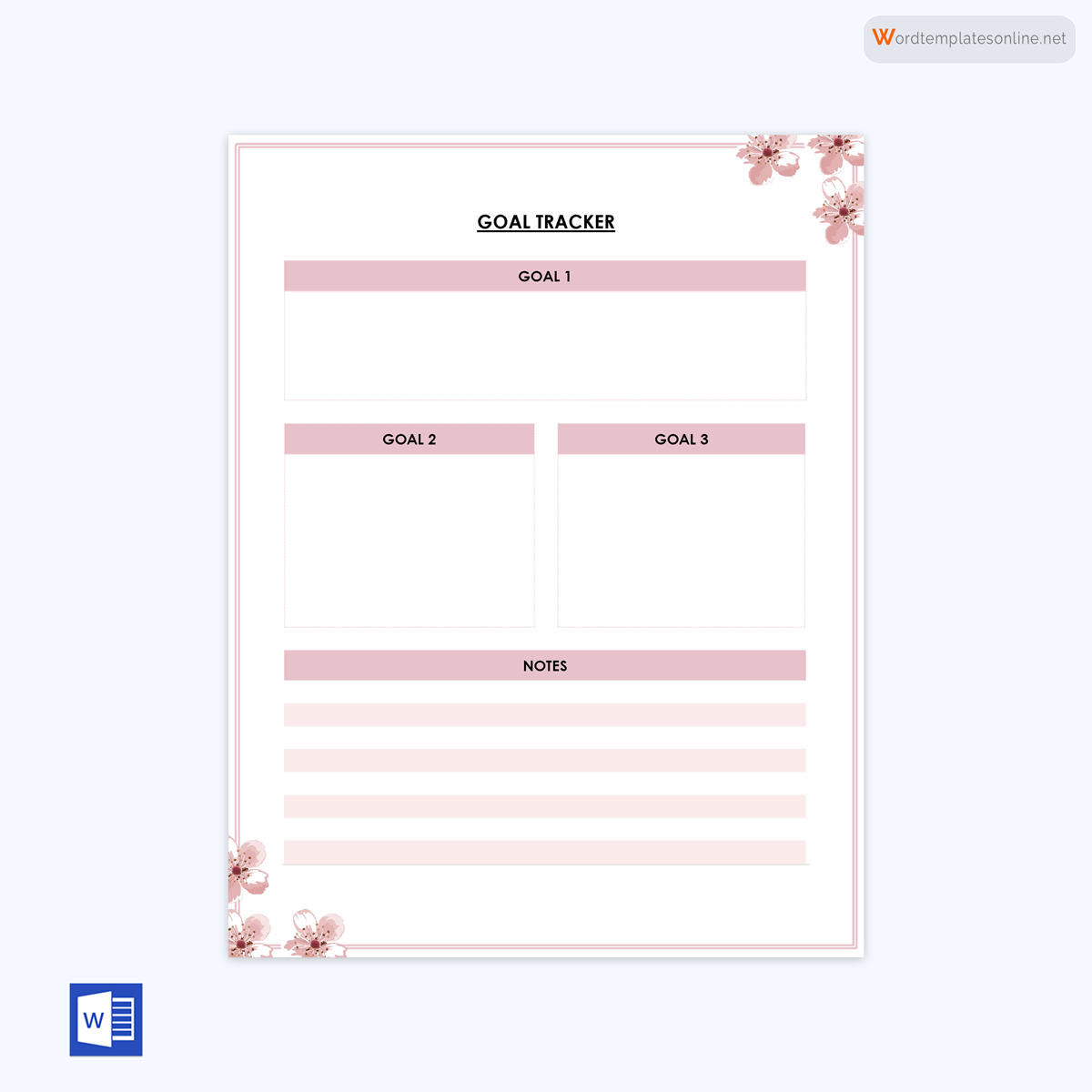
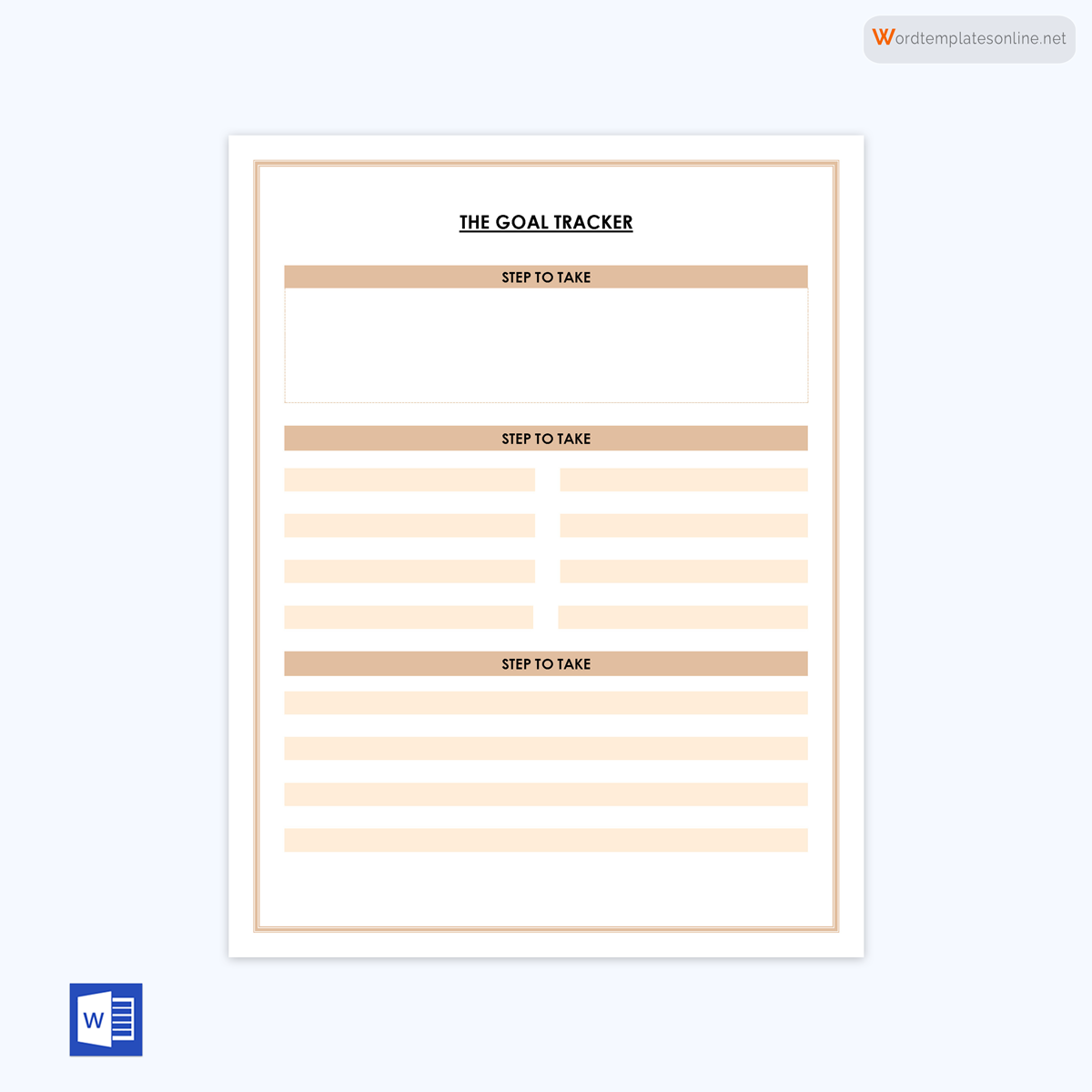
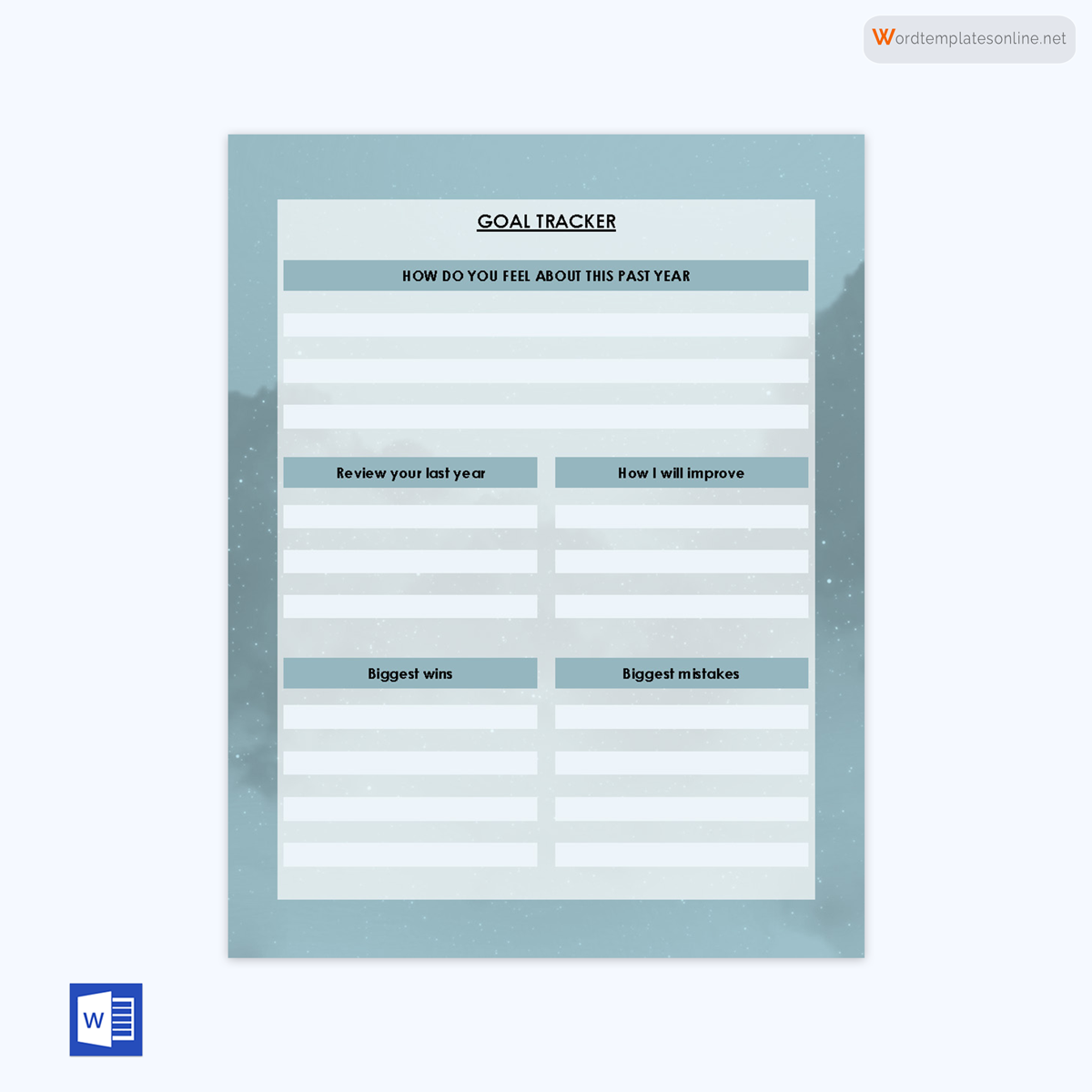
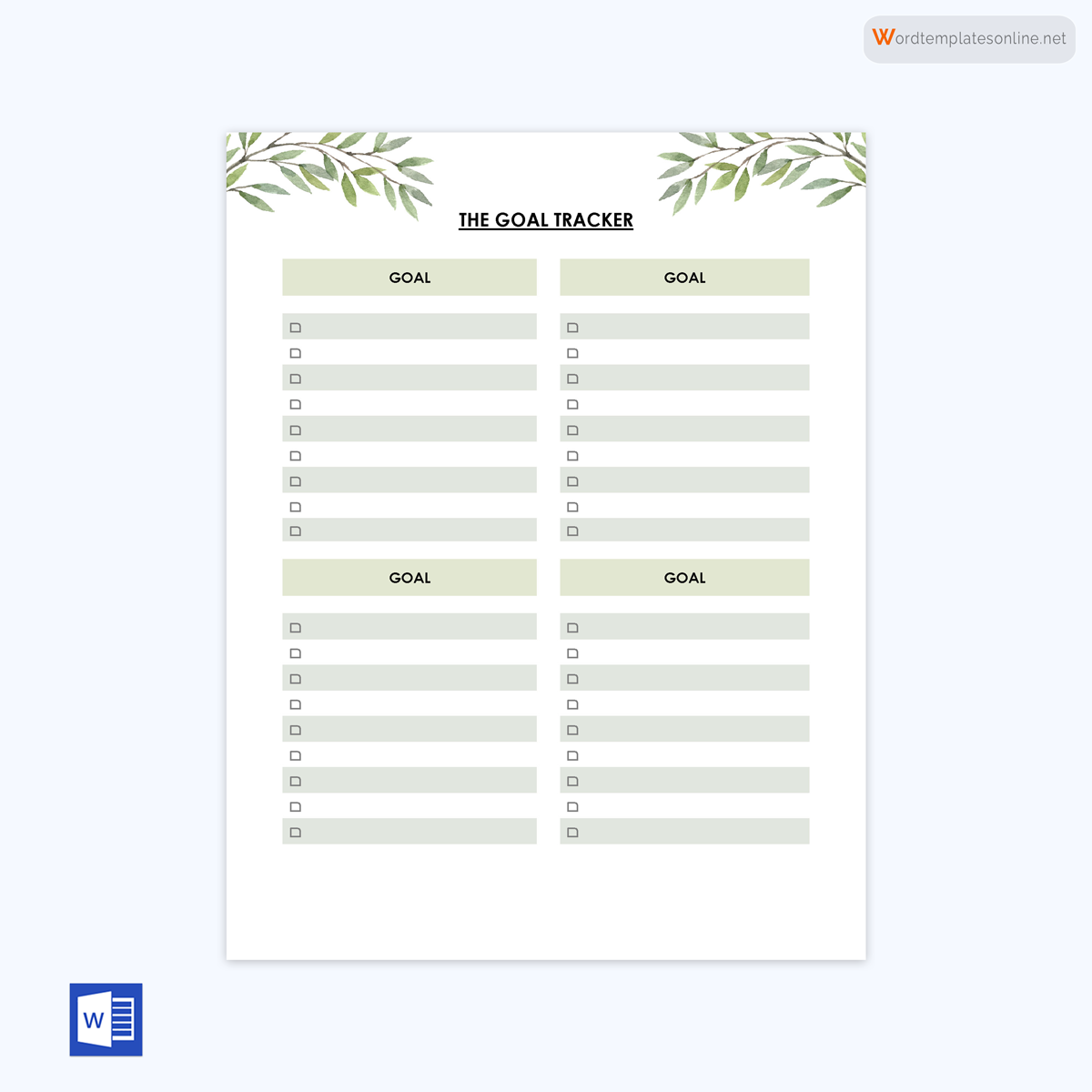
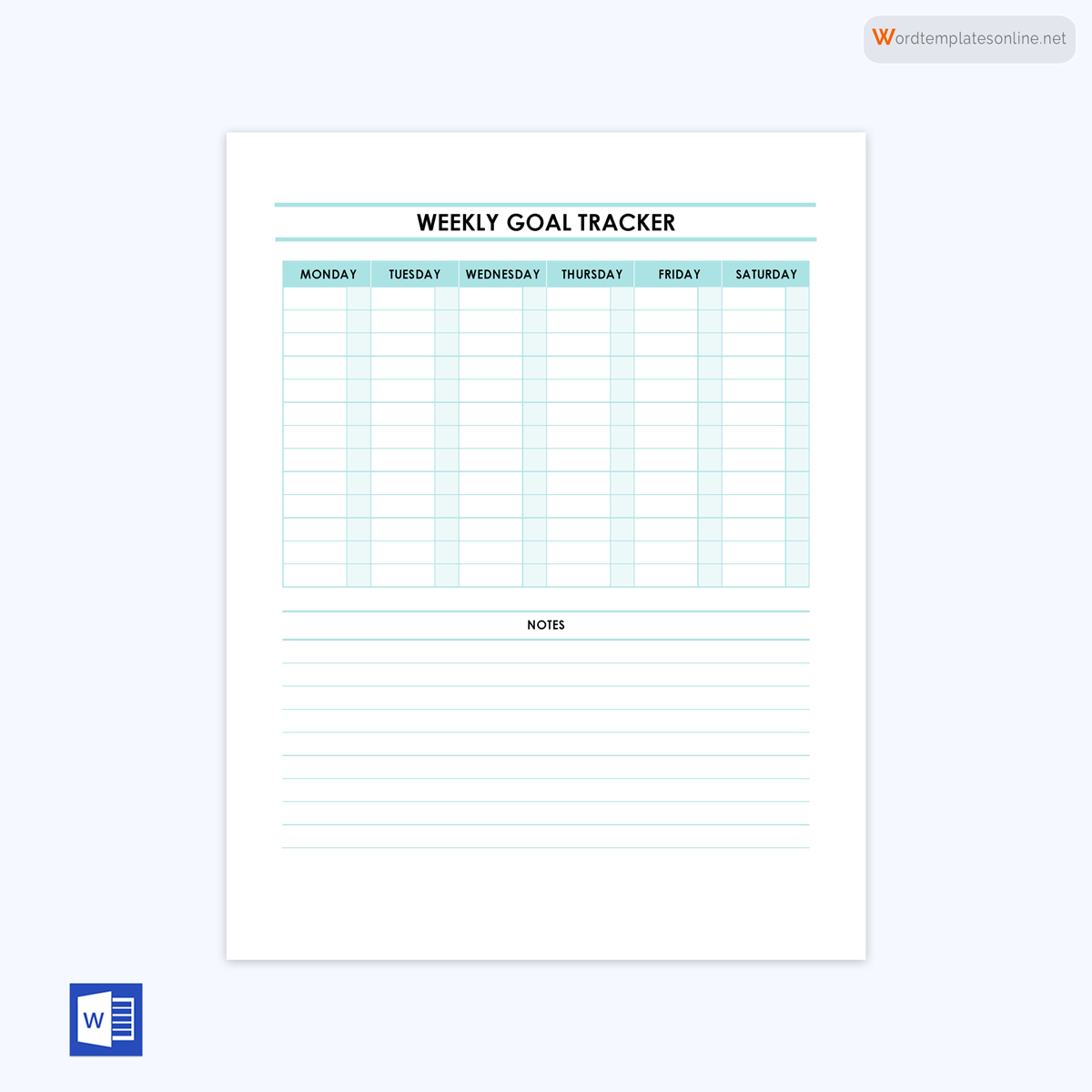
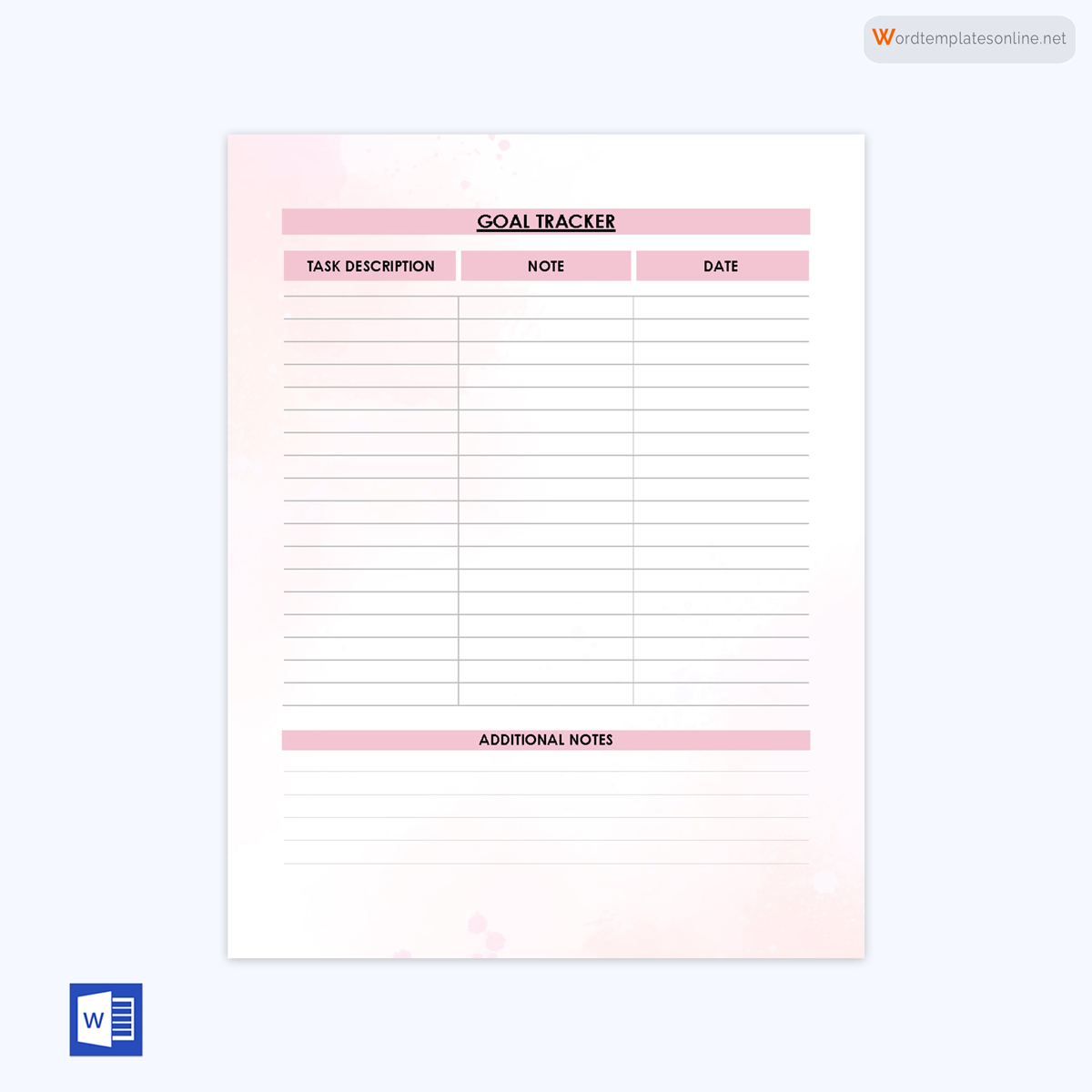
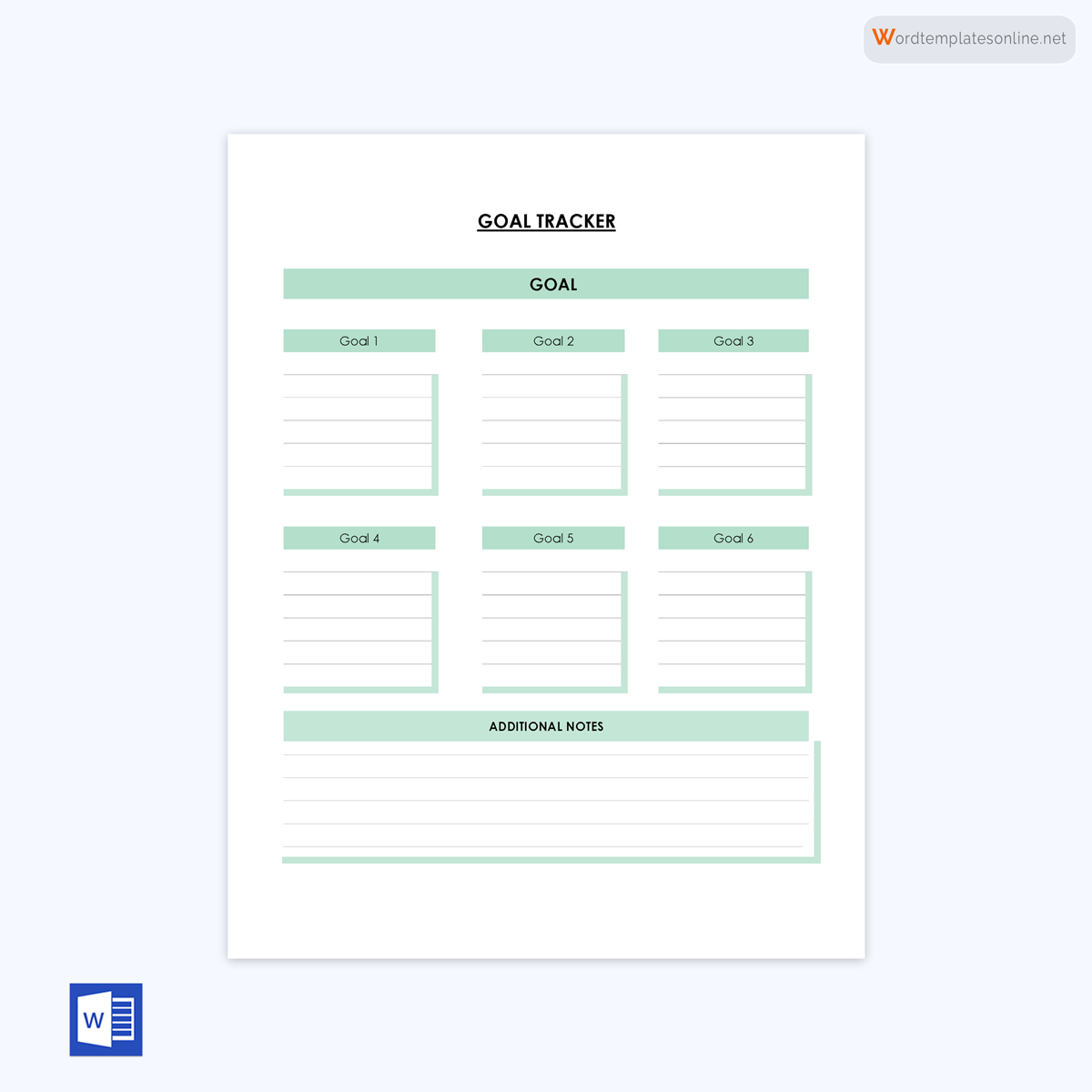
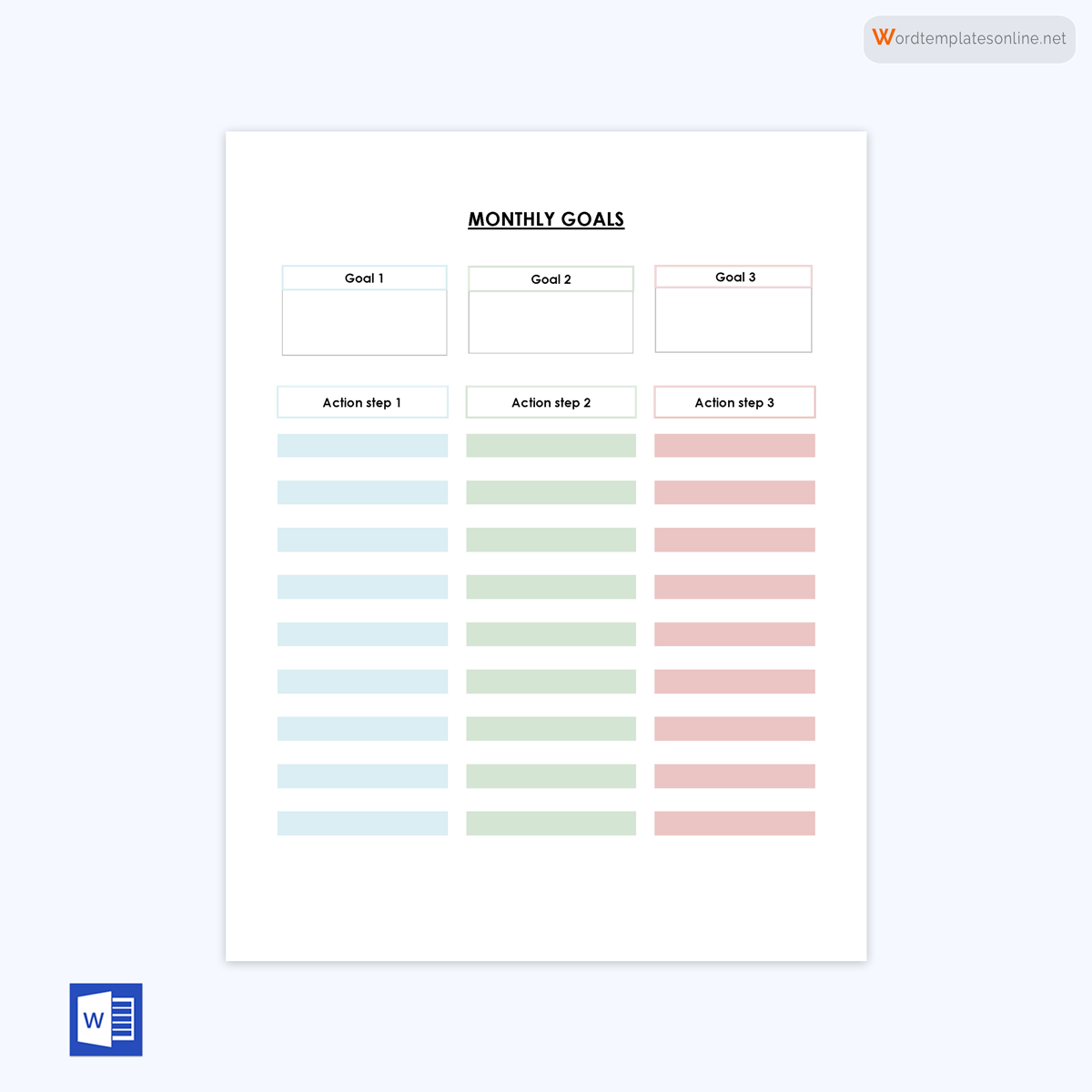
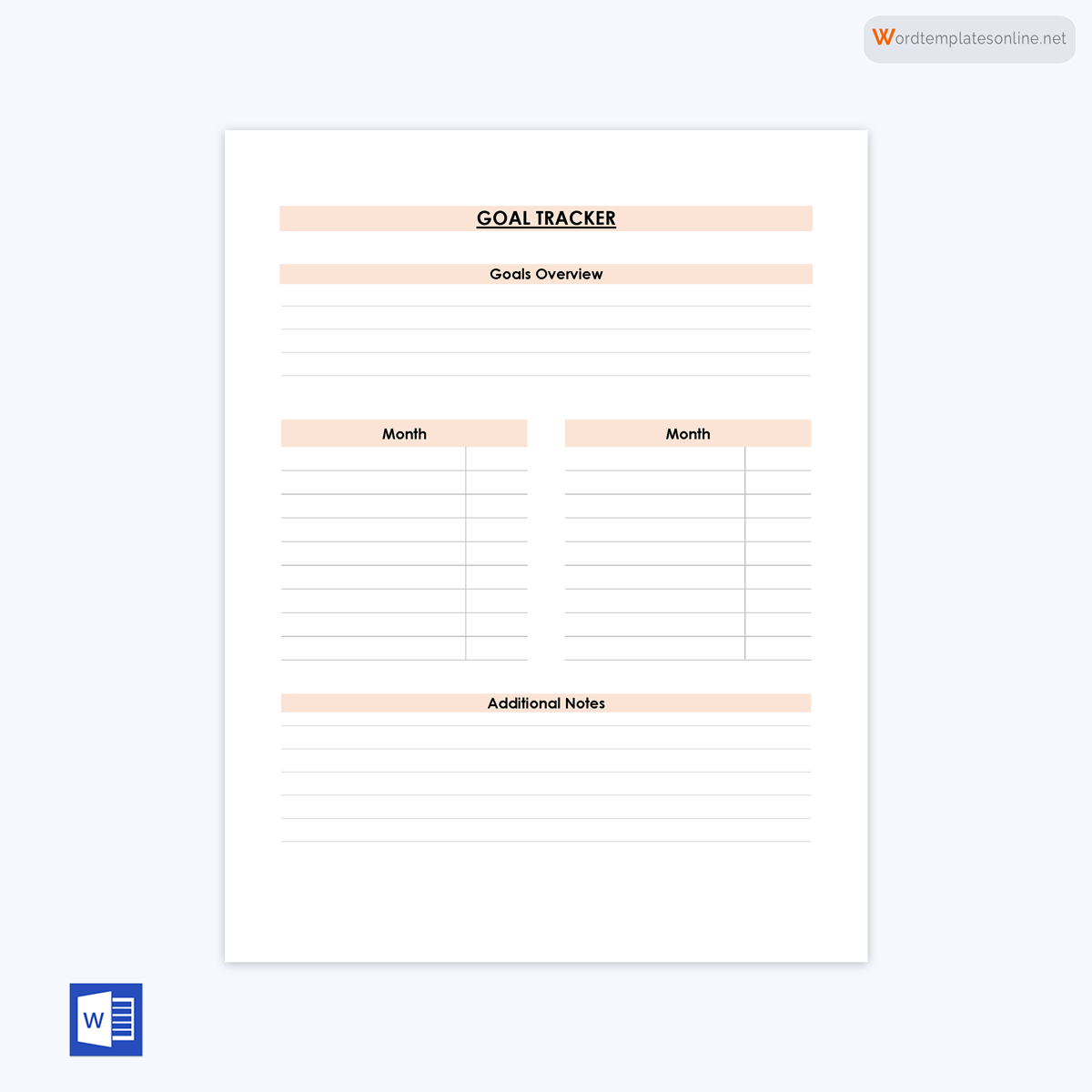
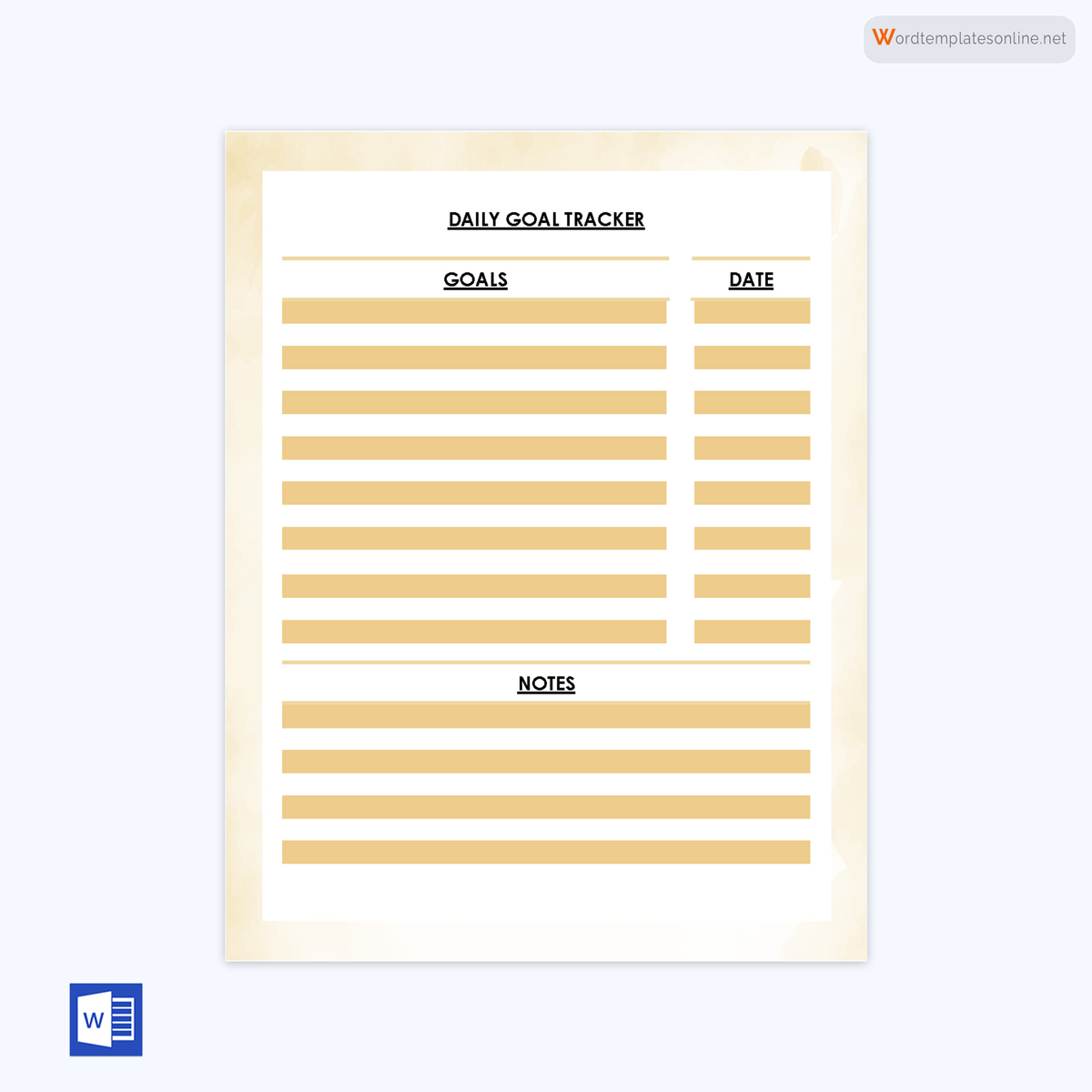
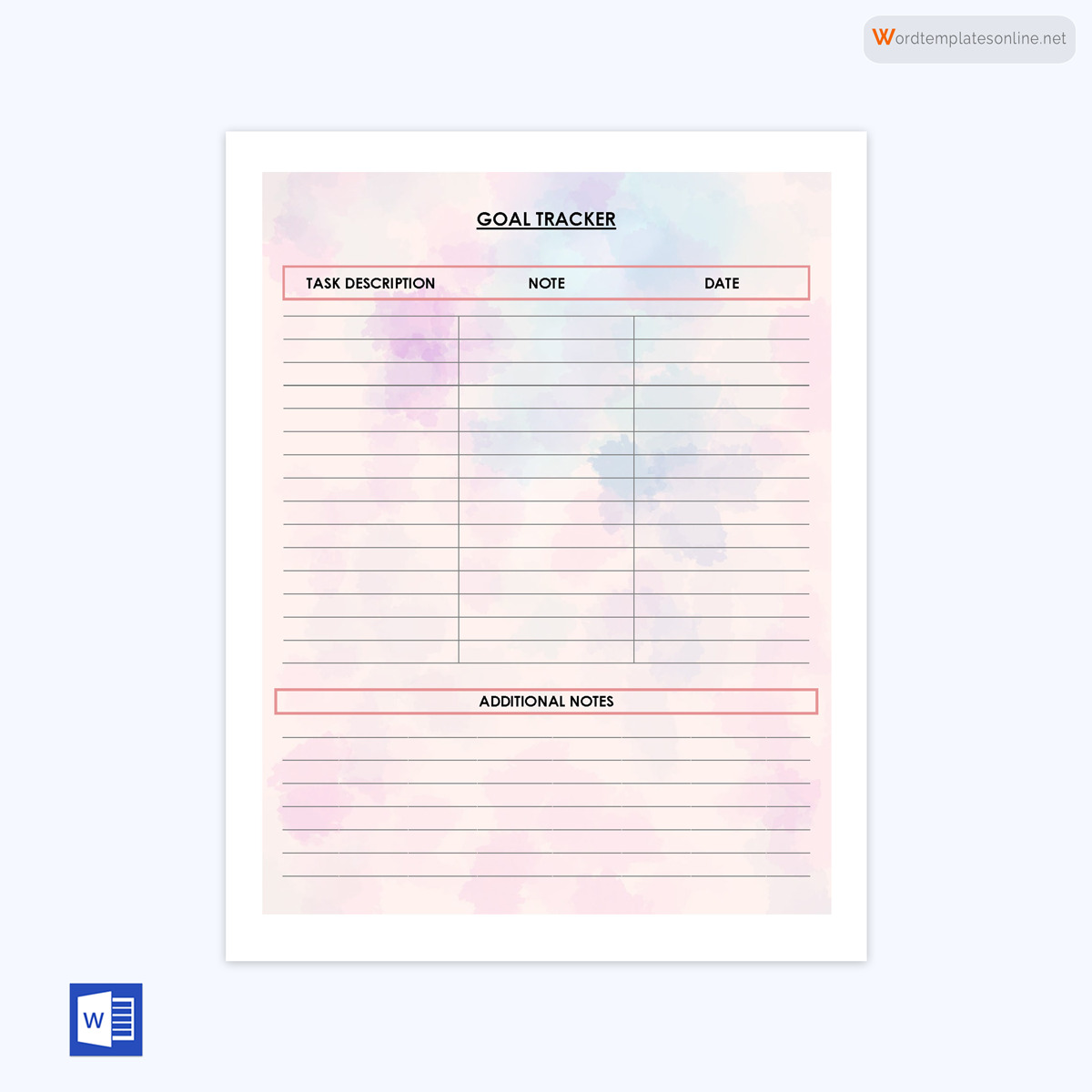
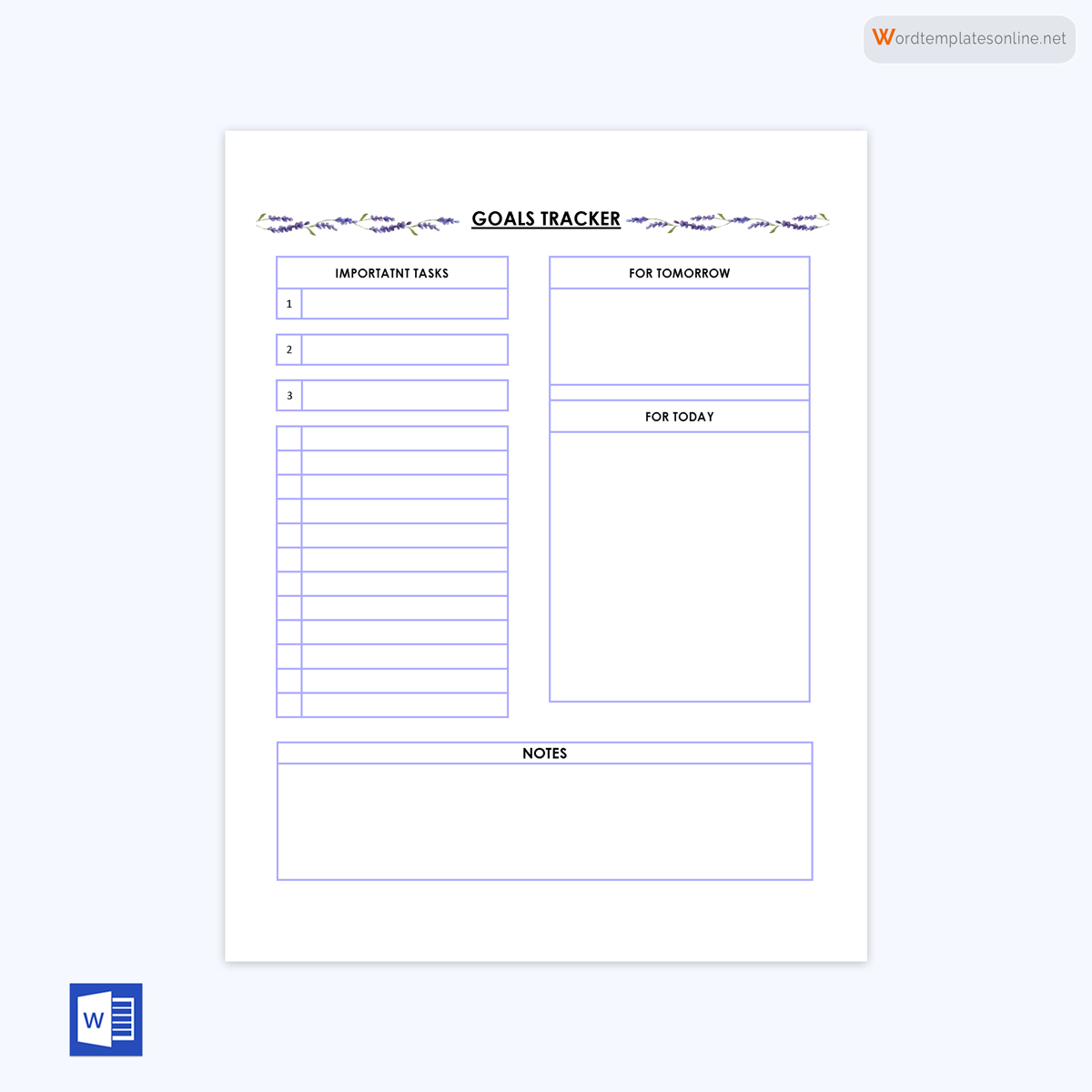
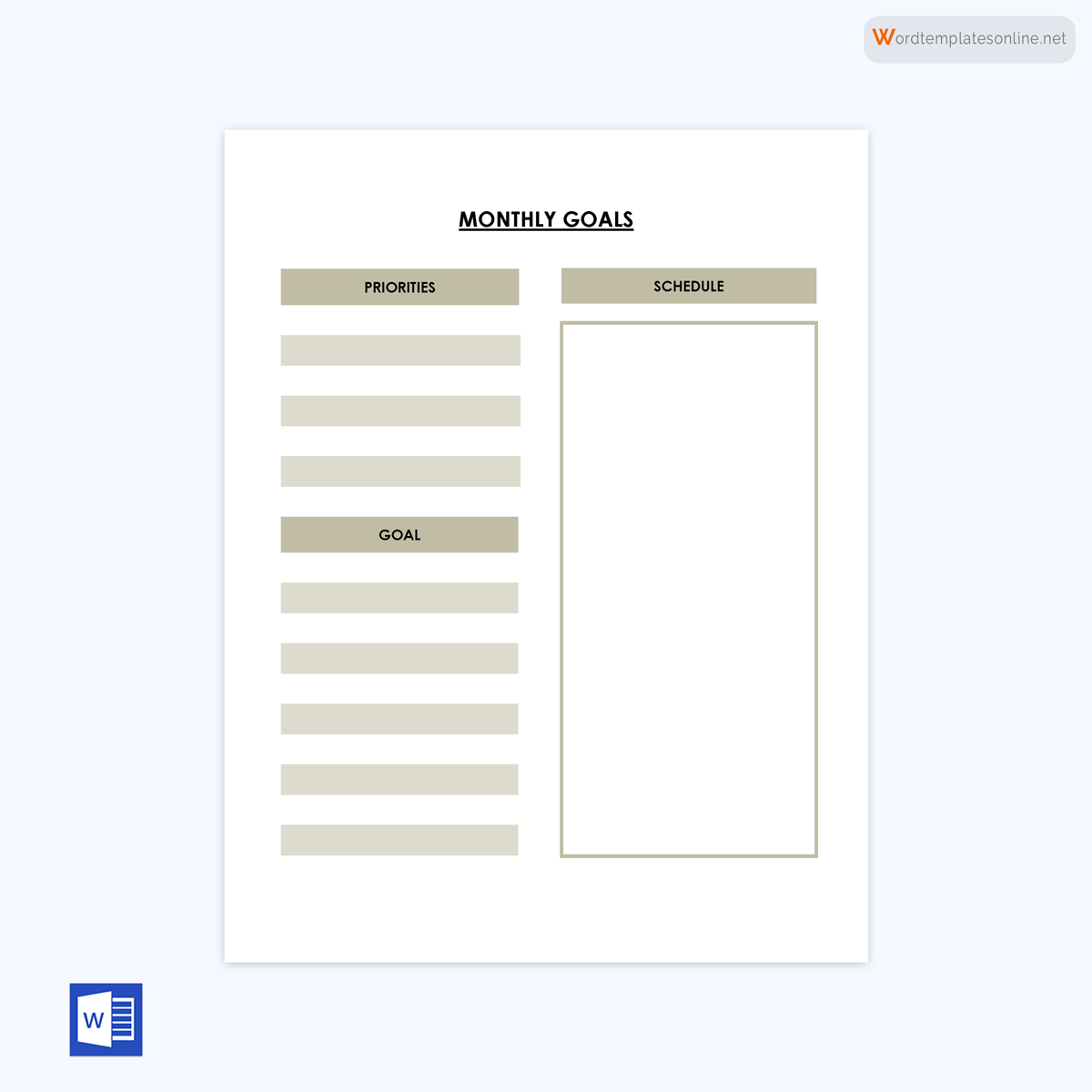
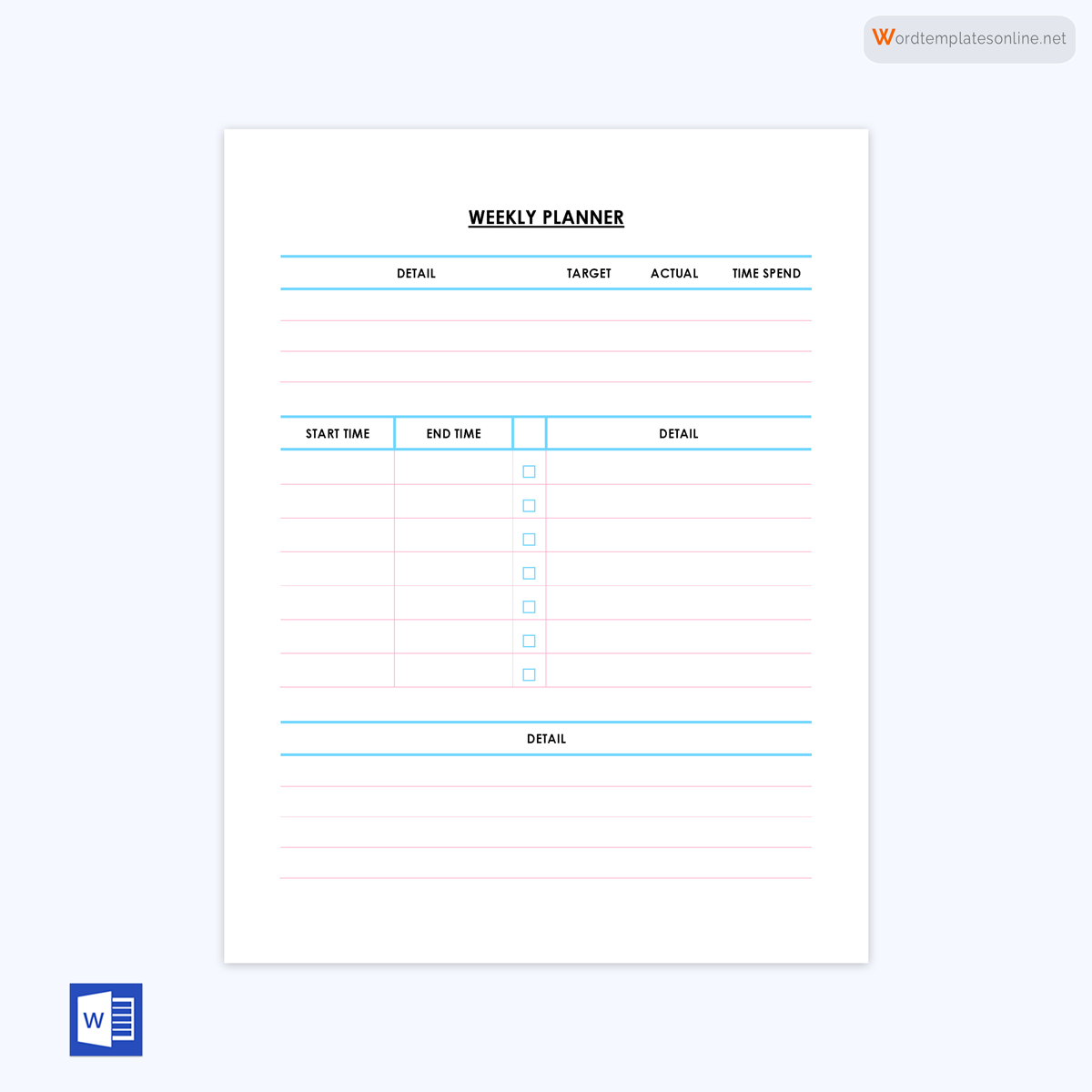
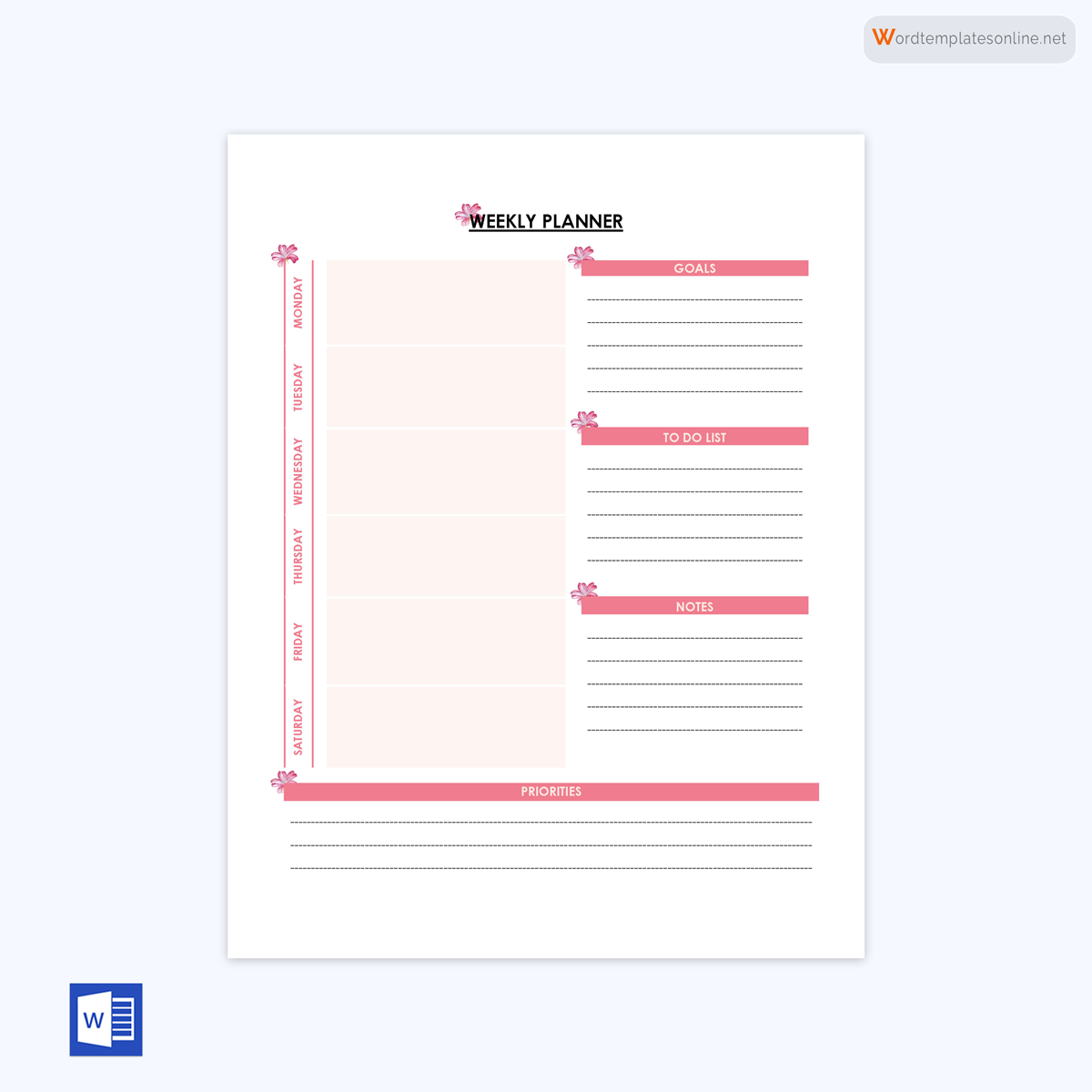
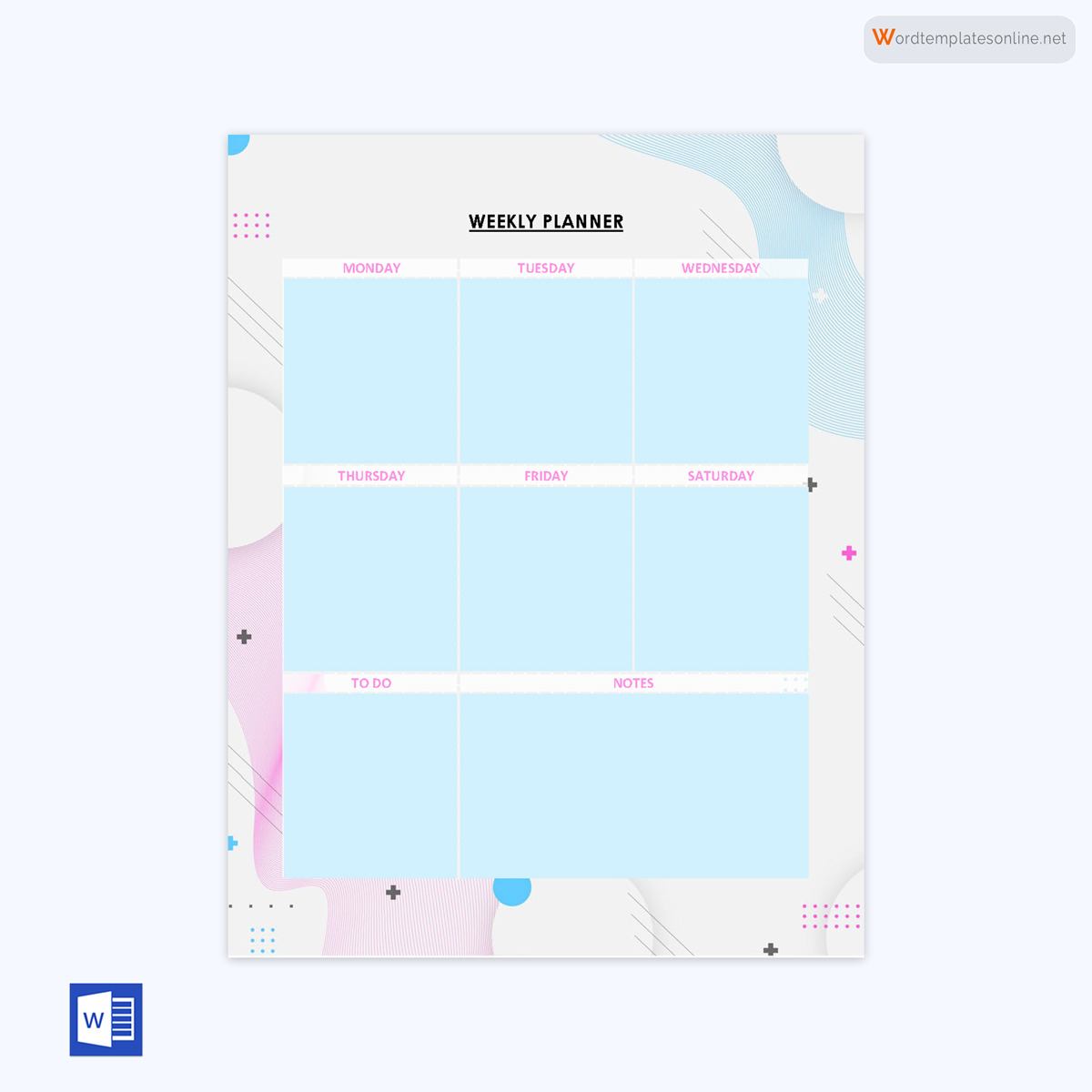
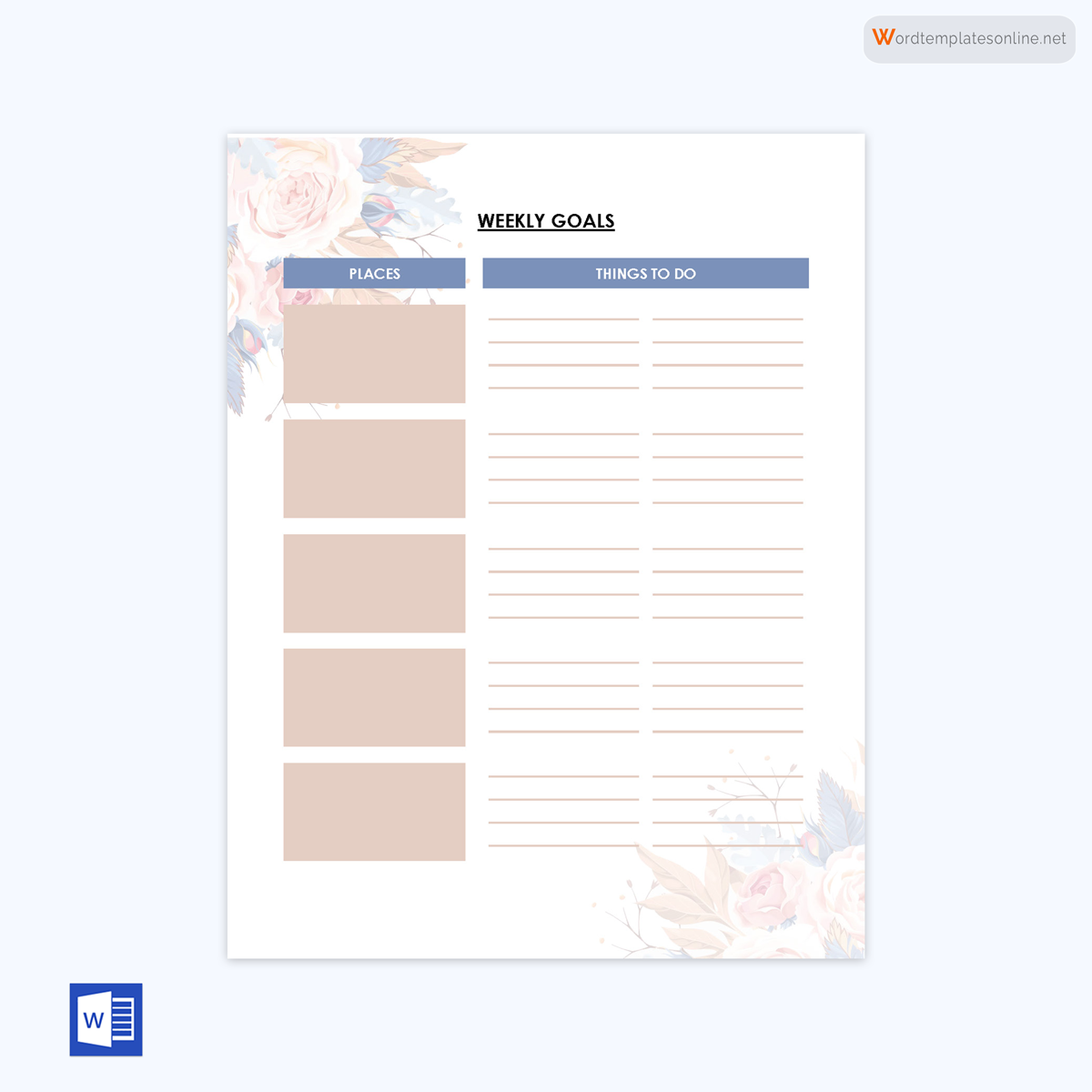
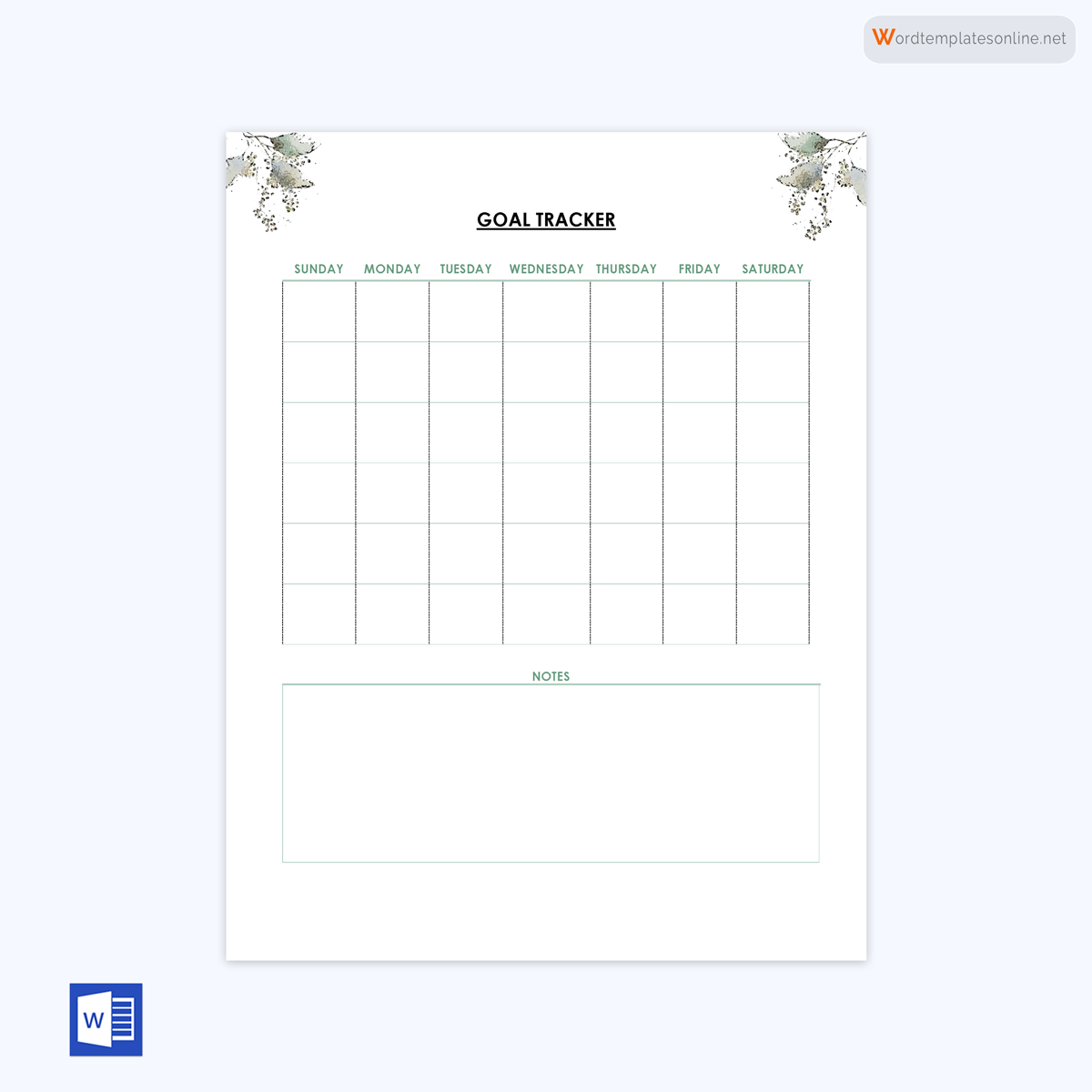
Purpose of Goal Setting
Goals are set for varying purposes. Below are some of the reasons that mainly inform the setting of the goals:
Sustains your momentum
Goals are the energy you need to stay operational in your own business. They are the ones that give you the drive to confront your own operations and day-to-day businesses with absolute ease. Without them, your life and overall purpose would be void and meaningless.
Expedites resource utilization
As part of setting goals, you also have to factor the various resources you might expend in the course of executing those goals. Only by setting accurate and realistic goals will you also be in the position to utilize your resources just fine and properly for that matter.
Gives you a clear focus
Goals that are properly set will no doubt give you a clear focus and attention. In the course of doing that, you will also avoid straying or engaging in activities that do not line up with your own long-term aspirations. How else can you manage your own activities and aspirations better?
Different Approaches to Tracking the Goals
To track the goals, you may employ quite a number of approaches. These are:
Breaking the goals
First and foremost, you have to break the goals down to their finest pieces. That will give the persons responsible for their implementation, a clear road map against which they may measure and track their progress. It also eliminates any ambiguities that may usually arise while executing the stated tasks.
Monitoring daily progress
It is important to monitor the daily progress of the goals as well. Such scrutiny will enable you to identify any issues that may similarly require attention and care as time goes by. With such a tracking, it is yet again possible to anticipate any issues that may compromise the attainment of the stated goals altogether.
Putting in place a reward mechanism
The persons who execute the goals no doubt have to be motivated to do so. One sure way of accomplishing this end is to put in place a reward mechanism. This could take the forms of punishment for an offense or gifts for any goal that is accomplished to the utmost perfection.
Making appropriate adjustments
From time to time, it may often be that you just have to make appropriate adjustments to the goals. This is especially the case if a new reality emerges; that which was not in existence at the time the goal was initially set. Do not hesitate to implement these adjustments as soon as the circumstances so dictate.
Utilizing dedicated apps
As a last consideration, you should also think of using a dedicated app for the job. These are special kinds of software that have the ability to do the tracking for you and relay the relevant data in real-time. Needless to say, the app you use must have the features to track your exact goals.
Best Apps for Goals Tracking
Below are 5 of the best apps for goal tracking today:
Strides
If all you want is to set up reminders and facilitate your day-to-day activities, this is the app to set your eyes on. It is packed with loads of features that act to remind you and keep you abreast of your ongoing happenings and aspirations.
PROs:
- A pretty flexible interface
- Handy dashboard
- Comprehensive applications
CONs:
- Quite complicated for beginners
Way of Life
Do you want to make comparisons of your progress, both in the past and going forward? The ‘Way of Life’ might be the best app to lay your hands on. It contains tools that have the ability to track and make comparisons of your progress for you to know what to do.
PROs:
- Tracks habits and progress accurately
- Has a simple and straightforward interface
- Keeps you posted on your own progress
CONs:
- Lacks many features in its basic package
Goals on Track
This is both a web-based and mobile goal tracking app. Its availability on several platforms sees to it that you stay abreast of your goals whenever and wherever you might have to. That being the case, you are unlikely to forget or lose sight of your aspirations.
PROs:
- Puts you in the full control of your goals
- Has numerous templates to aid a starter
- Available in many platforms
CONs:
- Lacks the free trial versions
Coach.me
Setting goals in and of itself is not enough. Sometimes you want to be guided further on how to achieve those very ends. The Coach me app exists to do that. This app also contains many inspiring messages and tools that have the ability to guide you through your goals.
PROs:
- Simpler and easier to make use of
- Enjoys a robust backend support
- Gives you access to real coaches
CONs:
- Lacks community engagement and other relevant support
ATracker
Many tracking apps are superficial in the sense that they do no more than merely outlining the courses of actions you are to take. This one takes you further down, though. It breaks down the entire process to let you have a firm and clear picture of your own needs well.
PROs:
- Starts and concludes the tasks with a single tap
- Customizable to various themes and colors
- Good enough for repetitive chores and tasks
CONs:
- Costly to come by
Benefits of Goal Setting
Some of the benefits that goal-setting confers to persons and corporate entities include:
Enhances decision making
When goals are clearly set and outlined, they tend to enhance the process of making decisions. That is because they provide the road map needed to fill the gaps that are eventually useful insofar as arriving at viable conclusions is concerned. On the same note, they also ward off any ambiguities that may arise in the process.
Provides the necessary motivation
Goals that are clearly set will usually provide the motivation you need to achieve the corporate objectives. They break down the tasks and the approaches that may be employed to achieve the ends concerned. That way, they also let you stay ahead of the game as pertains to your relations with competitors.
Avoids unnecessary wastage
With proper setting and management, goals will also go a long way in preventing unnecessary wastage of resources. They see to it that each resource that has been set aside for the attainment of the necessary end is put into good use. That also leads to a higher profit margin.
Expedites the operations of businesses
At their cores, these goals will usually break down the various operations and how to achieve them plus the timelines involved. It hence goes that the use of this approach will go a long way in expediting the operations of your own business. Chances of there being conflicts are hence heavily suppressed.
Improves accountability
These goals may also serve as yardsticks against which the performance and overall progress of the business may be measured. Thus, they also exist to improve your own accountability in the sense that they allow for the easy detection of any issues or inconsistencies promptly.
Conclusion
The insight we have provided above, no doubt, is an eye-opener for you. Why not now move with haste to implement the same in the performance and execution of your daily goals? We now expect you to do much better than your peers would. Best of luck in your subsequent endeavors!


